Yellow Jackets
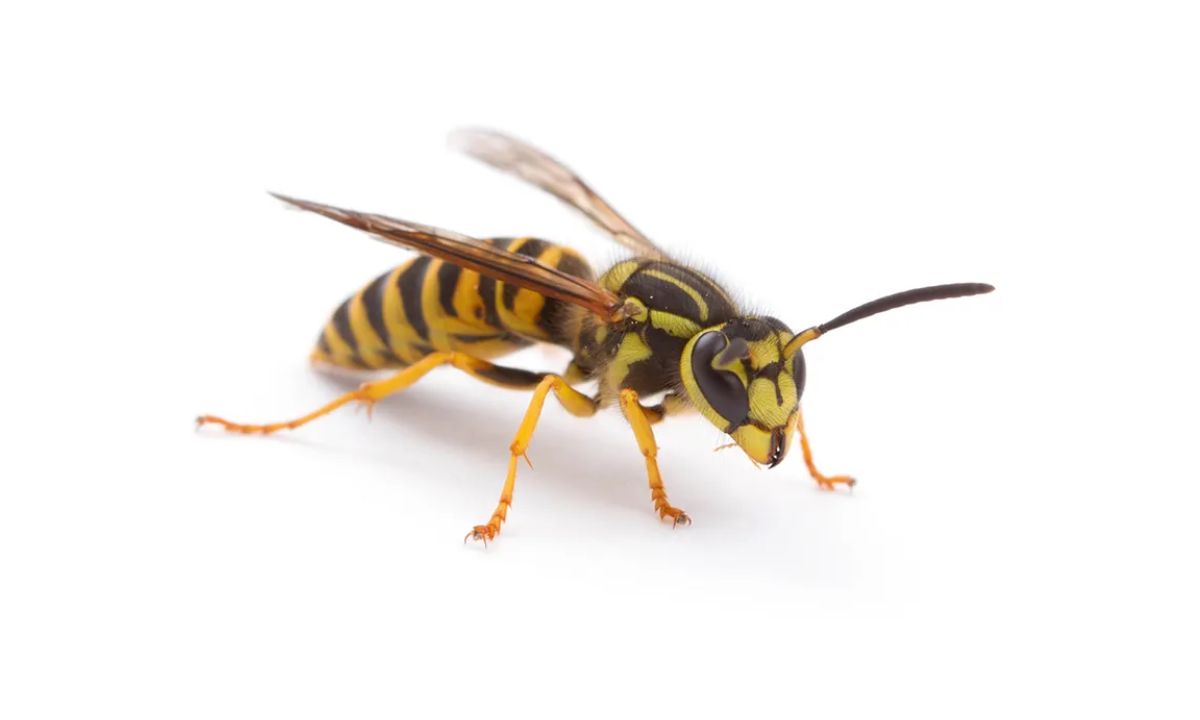
Yellow Jackets in Massachusetts
Yellow jackets are one of the most aggressive stinging insects in Massachusetts, often mistaken for bees but far more dangerous when disturbed. Known for their striking black-and-yellow markings and painful stings, yellow jackets are a common concern for homeowners, particularly during the warmer months.
Unlike honeybees, which typically sting only once and play a critical role in pollination, yellow jackets can sting multiple times and are known to swarm aggressively when their nest is threatened. Understanding their behavior, nesting habits, and control methods is essential for keeping your home and yard safe.
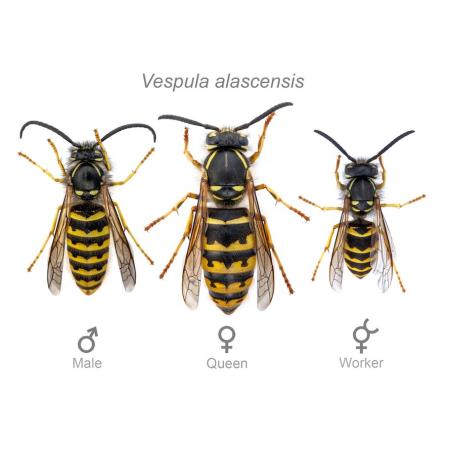
What Are Yellow Jackets?
Yellow jackets are a type of wasp belonging to the Vespula and Dolichovespula genera. They are social insects that live in colonies, which can grow to several thousand members by the peak of summer. Adults are typically ½ inch long, with black and yellow bands on their bodies and a narrow “waist” between the thorax and abdomen.
These insects are most active from late spring through early fall, with populations peaking in late summer. As food sources become scarce, yellow jackets become more aggressive, frequently invading outdoor gatherings in search of sugary drinks and protein-rich foods.
Common Yellow Jacket Species in Massachusetts
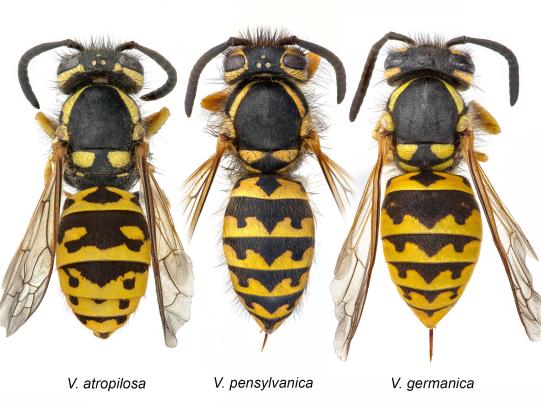
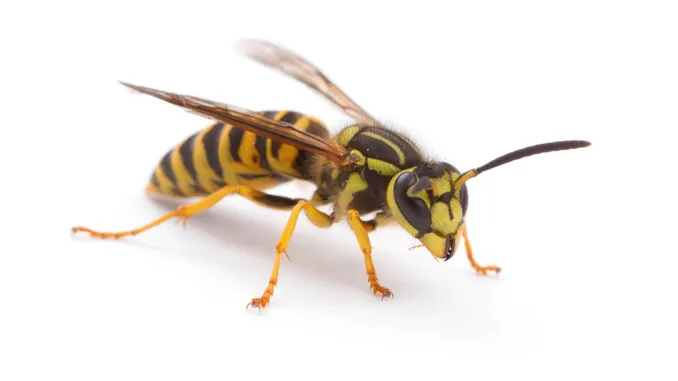
Eastern Yellow Jacket (Vespula maculifrons)
The most common species, often nesting underground or in wall voids.
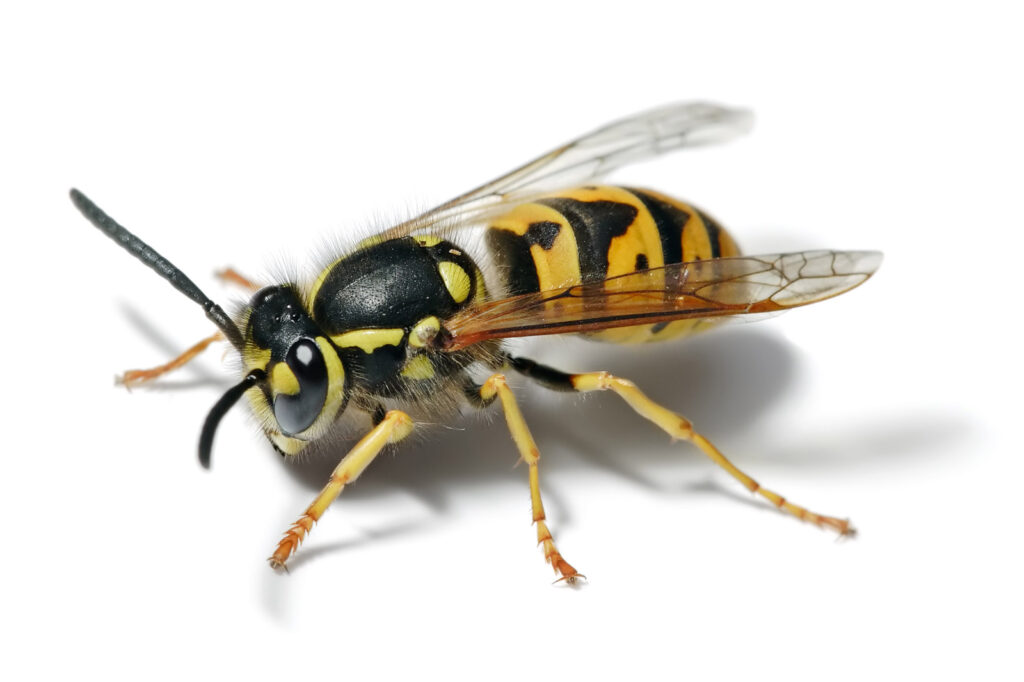
German Yellow Jacket (Vespula germanica)
An invasive species that frequently builds nests in structures, increasing human encounters.
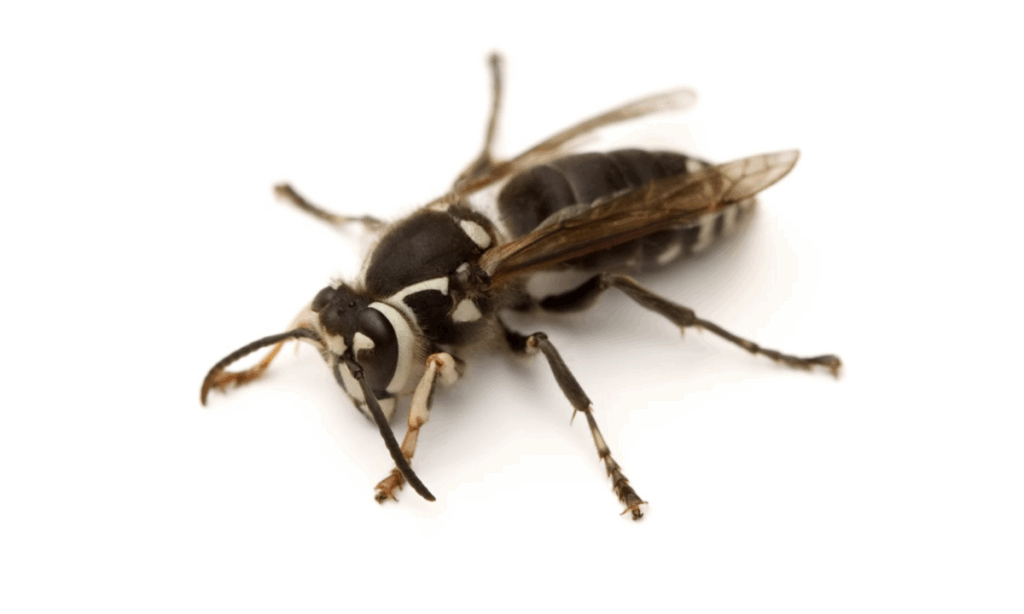
Bald-Faced Hornet (Dolichovespula maculata)
Despite the name, this is technically a yellow jacket species. They build large, visible nests in trees and shrubs.
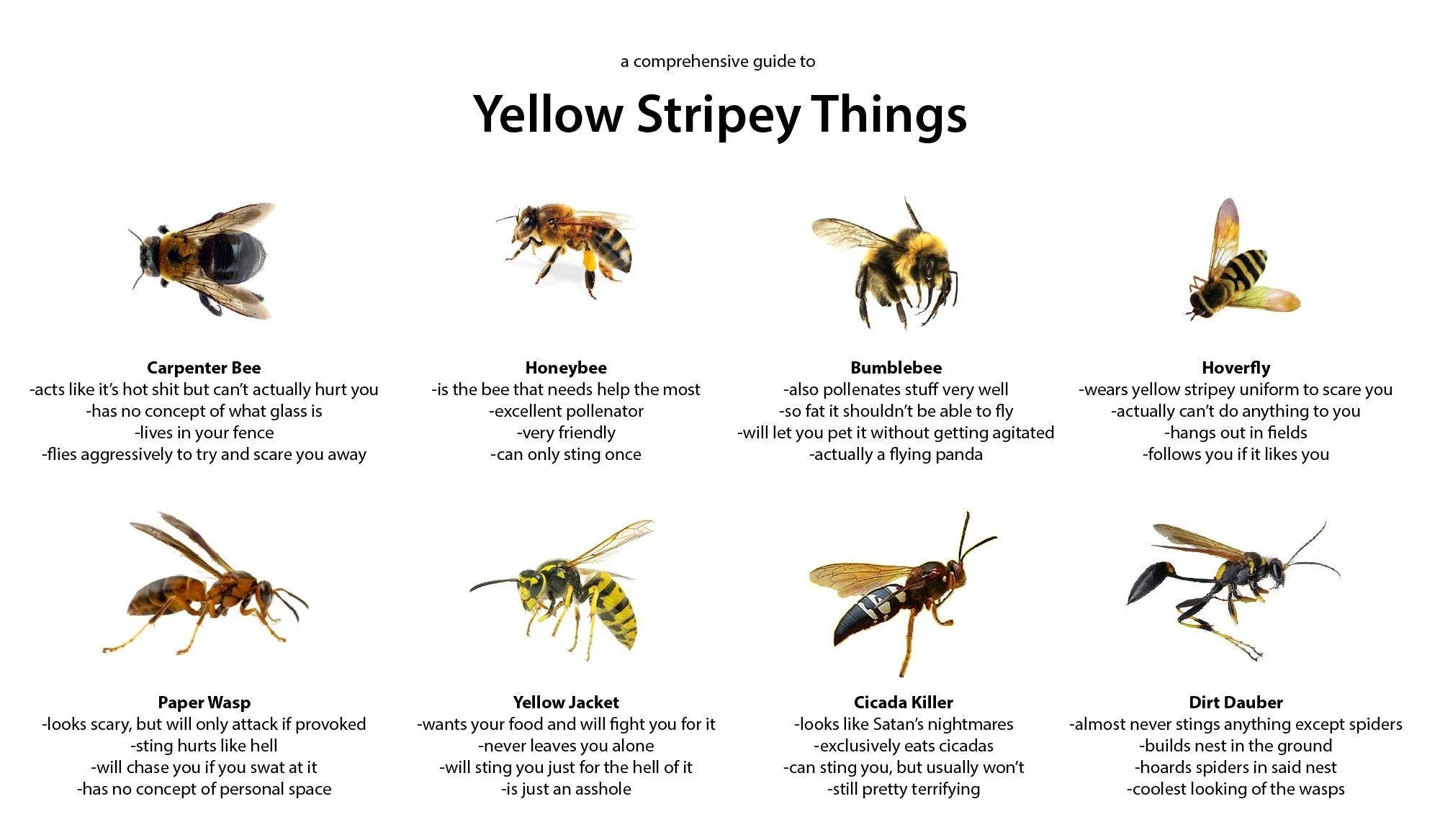
Yellow Jacket Nests
Yellow jackets build their nests out of a papery material created by chewing wood fibers mixed with saliva. In Massachusetts, nests may be found:
Underground (in abandoned rodent burrows or soil cavities)
In hollow trees, wall voids, or attics
Hanging from shrubs, decks, or eaves of houses
Most nests begin small in the spring, founded by a single queen. By late summer, nests can contain 2,000 to 4,000 workers, making them a serious hazard if located near human activity.
Signs of a Yellow Jacket Infestation
Frequent yellow jacket activity around one area of your yard or home.
Visible nests (though many are hidden underground).
Increased aggression of wasps in late summer when food is scarce.
Never attempt to investigate a nest closely—disturbing it could provoke an attack.
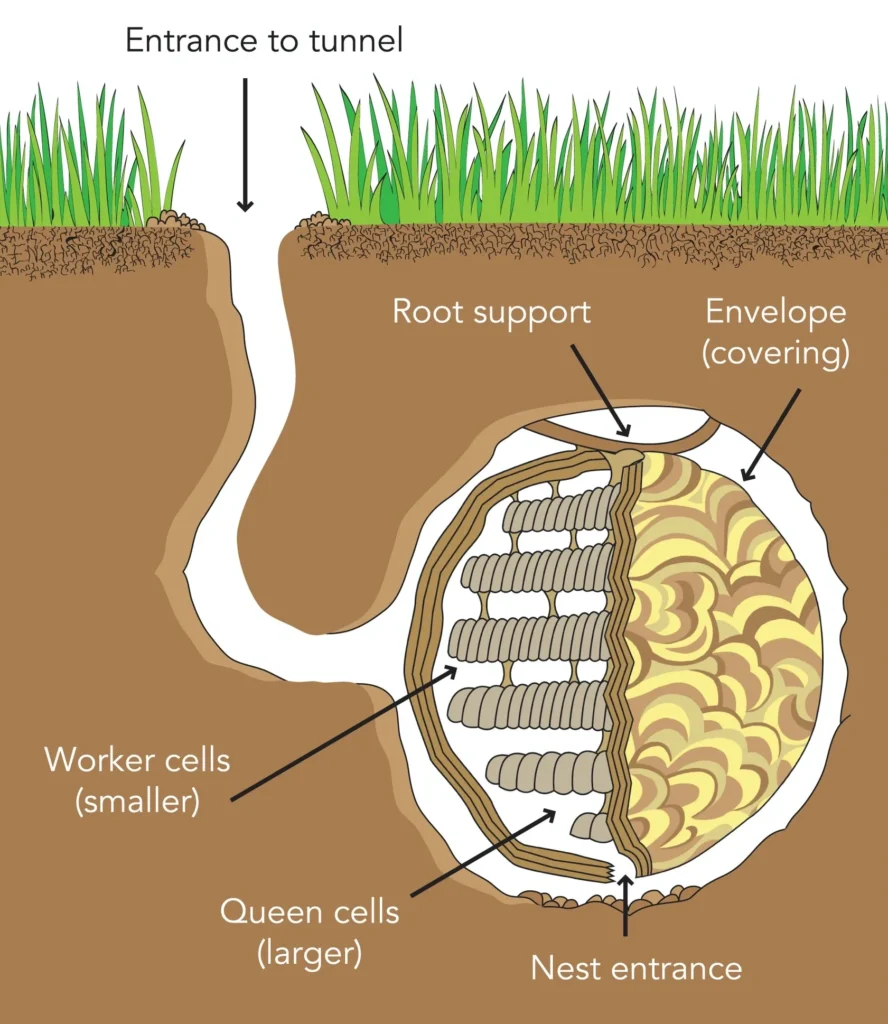
Are Yellow Jackets Dangerous?
Yes. While yellow jackets are beneficial in the ecosystem because they feed on other insects, they pose a serious threat to humans when their nests are disturbed.
Multiple stings: Unlike honeybees, yellow jackets do not lose their stinger, allowing them to sting repeatedly.
Severe allergic reactions: For individuals allergic to wasp venom, a single sting can trigger anaphylaxis, a potentially life-threatening condition.
Aggressive behavior: Yellow jackets defend their nests aggressively and will chase perceived threats for long distances.
For these reasons, yellow jackets near homes or high-traffic areas should be taken very seriously.
Prevention: Keeping Yellow Jackets Away
While it’s impossible to eliminate yellow jackets entirely from the environment, homeowners can take steps to reduce their presence:
Seal potential entry points into attics, wall voids, and sheds.
Cover trash bins tightly to avoid attracting scavenging workers.
Avoid leaving food or sugary drinks outside during summer.
Trim shrubs and trees near your home to limit nesting spots.
Inspect outdoor structures regularly for early signs of nests.
Why DIY Yellow Jacket Removal Is Dangerous
Many homeowners attempt to spray or knock down yellow jacket nests, but this can be extremely dangerous. Disturbed yellow jackets can swarm and sting repeatedly, causing severe injury. Store-bought sprays may kill some workers but rarely eliminate the entire colony, especially if the queen survives.
Professional removal is the safest and most effective way to handle these pests. Experts use protective gear, specialized treatments, and strategies that target the nest completely.
When Are Yellow Jackets Most Active?
Yellow jacket activity varies with the season:
Spring: Queens emerge from overwintering and begin building new nests.
Summer: Colonies grow rapidly, and yellow jackets are commonly seen foraging.
Late Summer/Early Fall: Food scarcity increases aggression, leading to more stings.
Winter: Colonies die off, leaving only fertilized queens to overwinter and start the cycle again.
Understanding this cycle helps homeowners time inspections and treatments effectively.
ServPest’s Approach to Yellow Jacket Control
At ServPest, we prioritize safety when handling yellow jackets. Our trained technicians:
Locate and identify nests, even those hidden underground or within walls.
Use targeted treatments to eliminate colonies safely.
Provide recommendations to prevent future infestations.
With our expertise, you can enjoy your yard without the constant threat of painful stings.
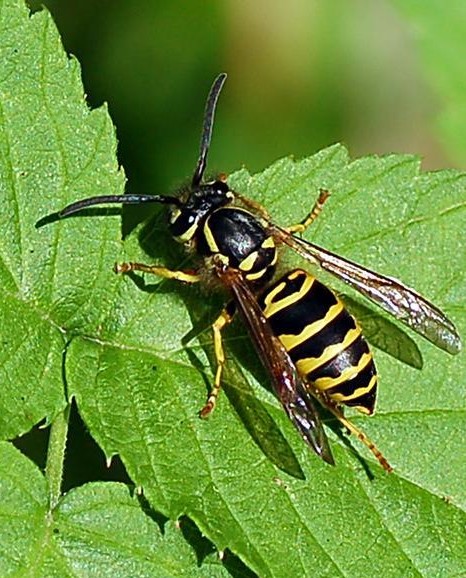
FAQs About Yellow Jackets
They do contribute to pollination, but far less than bees. Their main role is as predators of other insects.
Even small nests can be dangerous. Professional removal is strongly recommended.
In late summer, they seek sugary foods and proteins, often scavenging from human sources.
Clean the area, apply a cold compress, and monitor for allergic reactions. Seek immediate medical help if symptoms of anaphylaxis appear.
No. Nests die off in winter, but new queens may build new nests nearby in spring.
Stay Safe with Professional Yellow Jacket Removal
Barnstable County, MA
Plymouth County, MA
Mon - Fri 7:00 am - 7:00 pm
Sat 8:00 am - 3:00 pm
Sun: Closed
Operation Hours: Mon-Sat: 7am - 7pm
Office: (508) 815-4842
Alternate: (508) 815-3114
info@servpest.com

